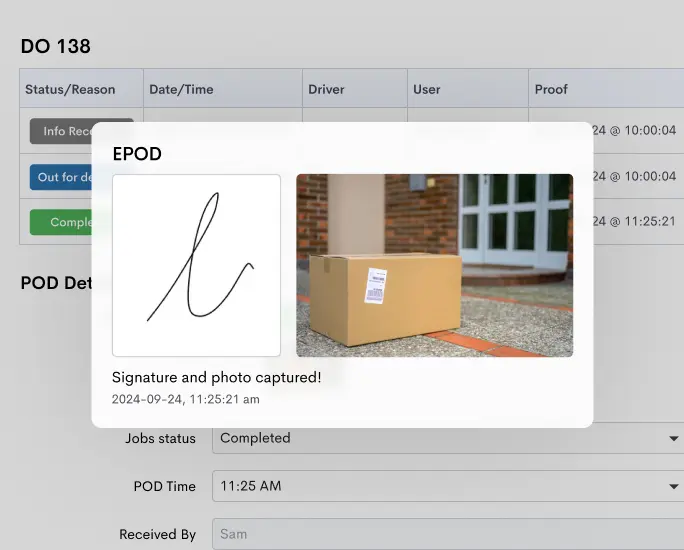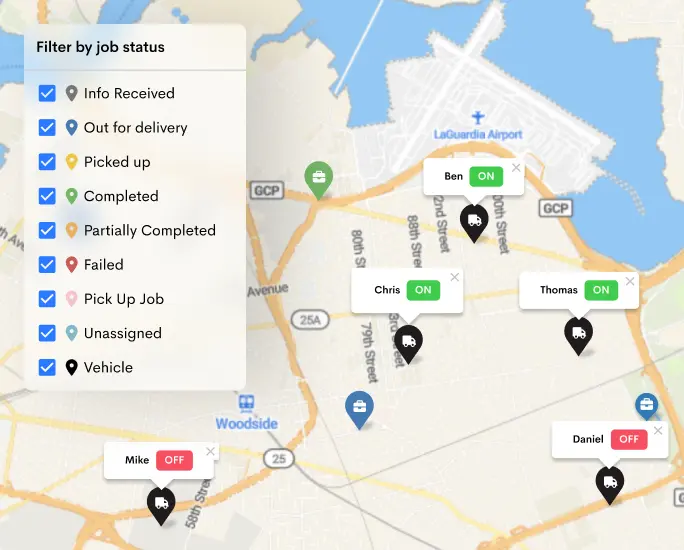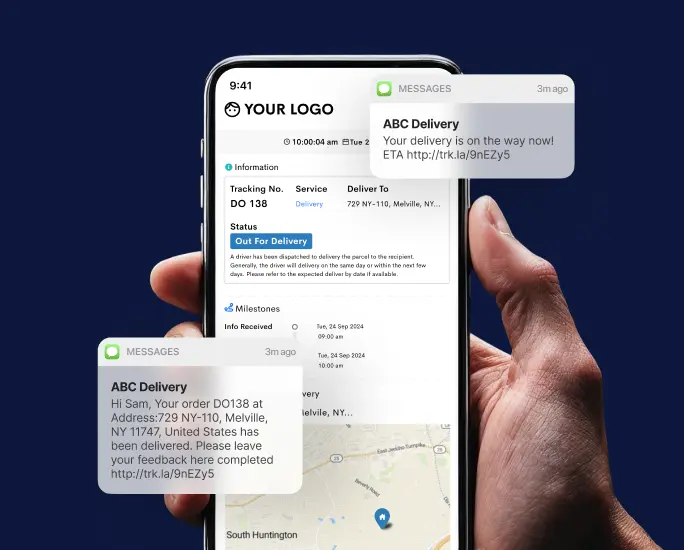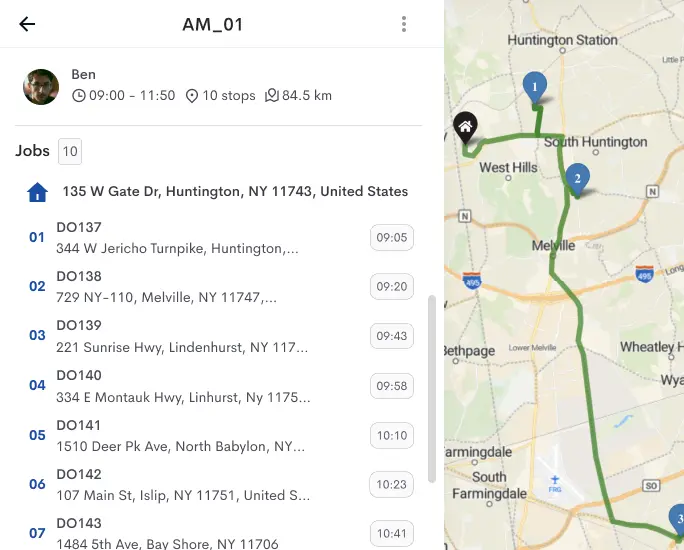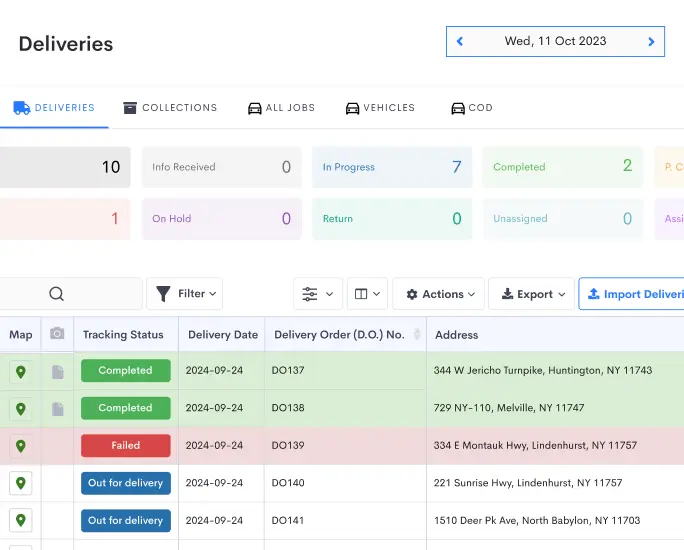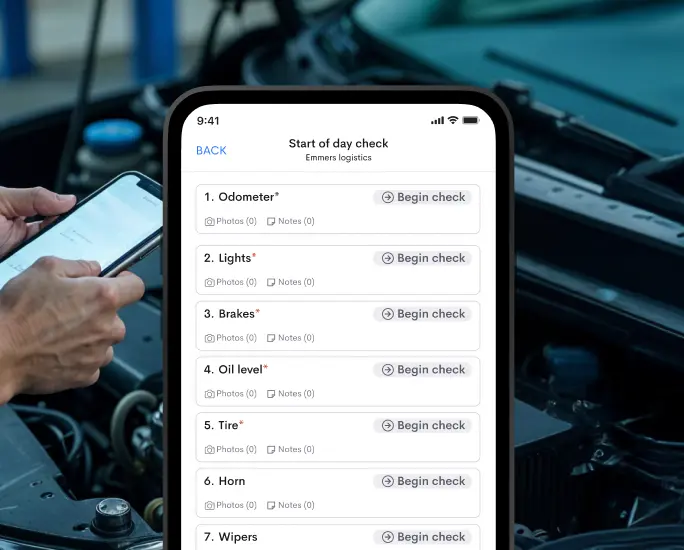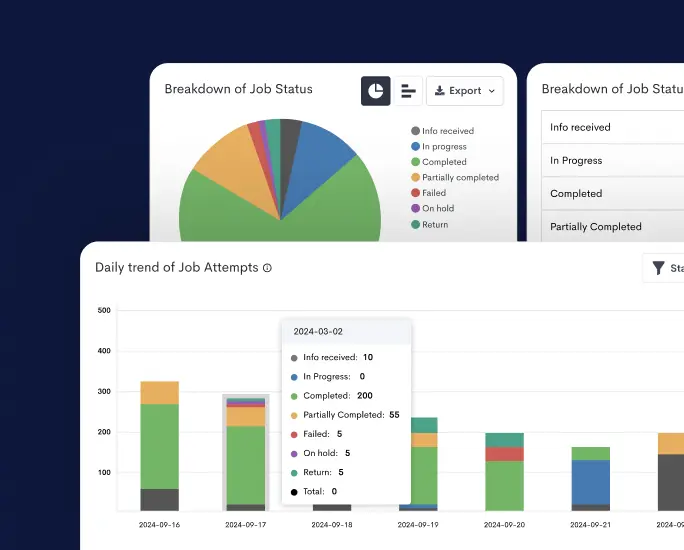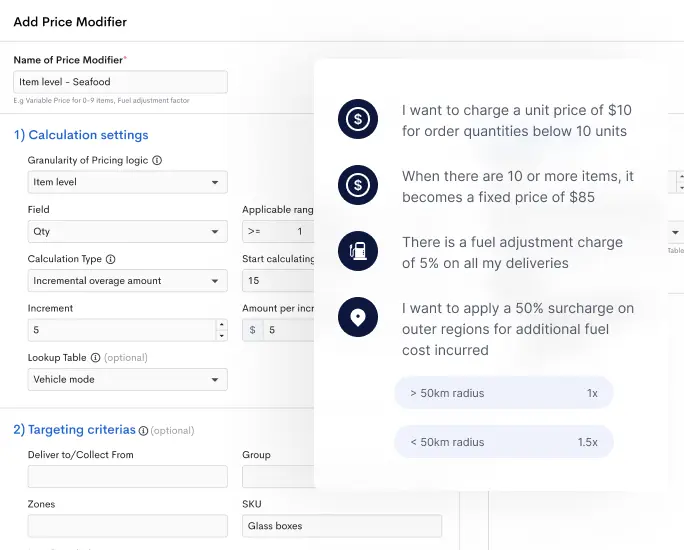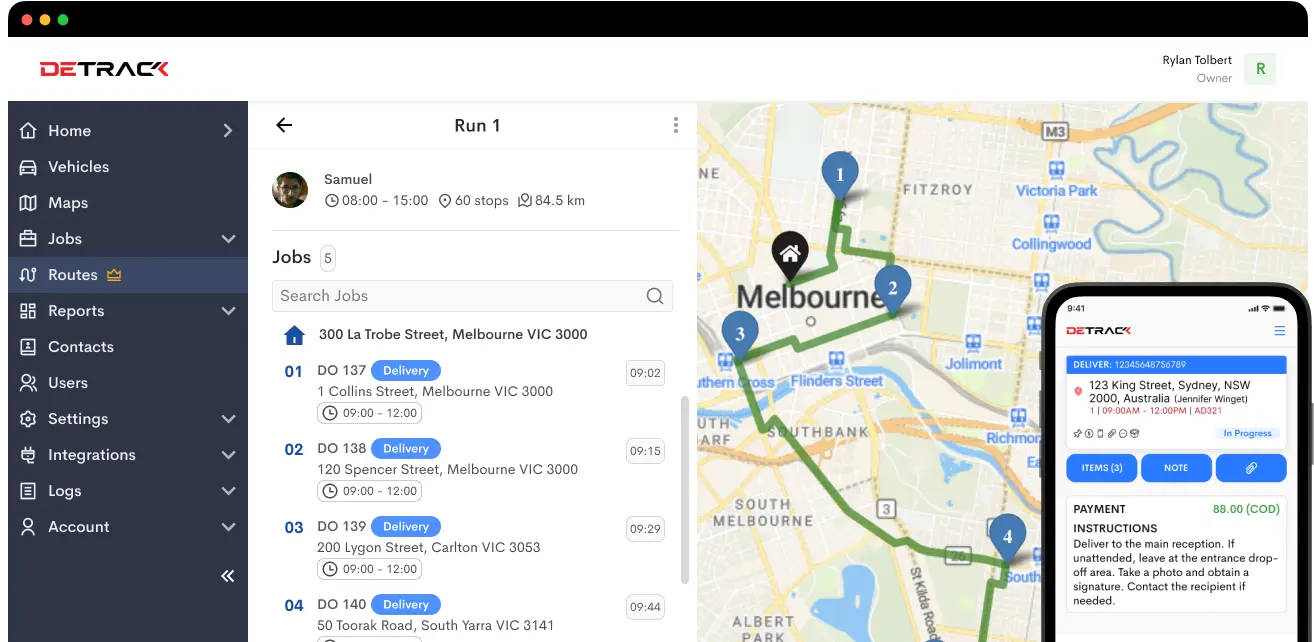Delays in deliveries can lead to dissatisfied customers, financial losses, and damage to a company’s reputation. A vehicle checklist is one of the simplest yet most effective tools for preventing unnecessary delays. A structured and thorough vehicle checklist ensures that delivery vehicles are in optimal condition, reducing the likelihood of breakdowns, compliance issues, and unexpected disruptions.
This article explores how vehicle checklists reduce delivery delays, their key components, and best practices for implementing them in logistics operations.
Why Delivery Delays Happen
Before diving into the role of vehicle checklists, it’s essential to understand the common causes of delivery delays. These include:
- Mechanical Failures: Unexpected breakdowns due to engine issues, flat tires, or battery failures can halt operations.
- Regulatory Non-Compliance: Missing inspections, expired registrations, or overlooked safety checks can result in fines and downtime.
- Fuel Issues: Running out of fuel or using the wrong fuel type can cause unnecessary delays.
- Tire Problems: Underinflated, damaged, or worn-out tires can lead to blowouts and accidents.
- Weather and Road Conditions: Poor visibility, traffic congestion, and road closures can disrupt schedules.
- Driver Errors: Inadequate pre-trip inspections or poor route planning can impact delivery efficiency.
Many of these issues can be mitigated with a comprehensive vehicle checklist that ensures delivery trucks are in top condition before hitting the road.

The Importance of Vehicle Checklists
A vehicle checklist serves as a preventative measure, helping fleet managers and drivers identify and address potential issues before they lead to costly delays. Here’s how they contribute to smoother operations:
- Prevention of Mechanical Failures
- Regular vehicle inspections help detect minor issues before they become major problems.
- Checking oil levels, tire pressure, brakes, and lights ensures the vehicle is roadworthy.
- Early detection of engine or transmission issues prevents costly repairs and prolonged downtimes.
- Regulatory Compliance
- Many logistics companies must adhere to transportation regulations that require vehicle inspections.
- A checklist ensures compliance with industry standards, preventing fines and legal complications.
- Regular checks on registration, insurance, and emissions control systems help avoid non-compliance issues.
- Enhancing Driver Safety
- A well-maintained vehicle reduces the risk of accidents caused by brake failures, tire blowouts, or faulty lights.
- Ensuring seat belts, airbags, and emergency kits are functional protects drivers on the road.
- Minimizing Unexpected Costs
- Preventive maintenance is far less expensive than emergency repairs.
- Avoiding last-minute vehicle breakdowns prevents the need for costly towing services and replacement vehicles.
- Prolonging vehicle lifespan through regular maintenance reduces capital expenditure on new vehicles.
- Improving Customer Satisfaction
- On-time deliveries build customer trust and strengthen business relationships.
- Fewer delays lead to better service quality, helping logistics providers maintain a competitive edge.
- Consistent performance ensures repeat business and positive reviews.
Key Components of an Effective Vehicle Checklist
A comprehensive vehicle checklist should cover all critical aspects of vehicle maintenance and safety. Below are the key components:
1. Exterior Inspection
- Check for visible damages (scratches, dents, rust, cracks on windshields, mirrors).
- Inspect tire pressure and tread wear.
- Ensure all lights (headlights, brake lights, turn signals) are functional.
- Check for fluid leaks under the vehicle.
2. Interior Inspection
- Ensure seat belts are operational.
- Check dashboard warning lights.
- Inspect air conditioning, defrost, and ventilation systems.
- Verify horn, wipers, and washer fluid levels.
3. Engine & Under-the-Hood Inspection
- Check oil levels and quality.
- Inspect battery terminals and charge levels.
- Ensure coolant and brake fluid levels are adequate.
- Examine belts, hoses, and connections for wear and tear.
4. Braking System
- Test foot and parking brakes.
- Check brake fluid levels.
- Listen for unusual noises when braking.
5. Fuel & Exhaust System
- Ensure sufficient fuel levels for the trip.
- Check for fuel leaks or unusual smells.
- Verify exhaust system integrity.
6. Emergency Equipment
- First-aid kit availability.
- Fire extinguisher condition.
- Spare tire, jack, and necessary tools.

Implementing Vehicle Checklists in Logistics Operations
To maximize the effectiveness of vehicle checklists, logistics companies should integrate them into daily operations. Here’s how:
- Digital Vehicle Checklists
- Using a delivery management software makes it easier to track inspections.
- Digital checklists ensure real-time reporting and reduce paperwork.
- Automated alerts notify fleet managers of any urgent maintenance needs.
- Driver Training
- Educate drivers on the importance of completing checklists before each trip.
- Conduct workshops to familiarize drivers with identifying common vehicle issues.
- Encourage accountability by linking checklist completion to performance reviews.
- Scheduled Preventive Maintenance
- Implement a maintenance schedule based on checklist findings.
- Work with mechanics to address recurring issues.
- Keep detailed records of vehicle inspections and repairs.
- Compliance with Industry Standards
- Align checklist protocols with DOT (Department of Transportation) regulations.
- Follow manufacturer-recommended maintenance schedules.
- Ensure fleet compliance with emission control and safety laws.
Conclusion
In the logistics industry, time is money, and reducing delivery delays is critical for maintaining a competitive advantage. A well-structured vehicle checklist is a first line of defense against mechanical failures, compliance issues, and unexpected road incidents. By integrating vehicle checklists into daily operations, companies can ensure safer, more efficient, and more reliable deliveries.
Investing in digital checklists, driver training, and preventive maintenance will enhance fleet performance and contribute to overall customer satisfaction. A small step in vehicle management can significantly improve delivery efficiency.

